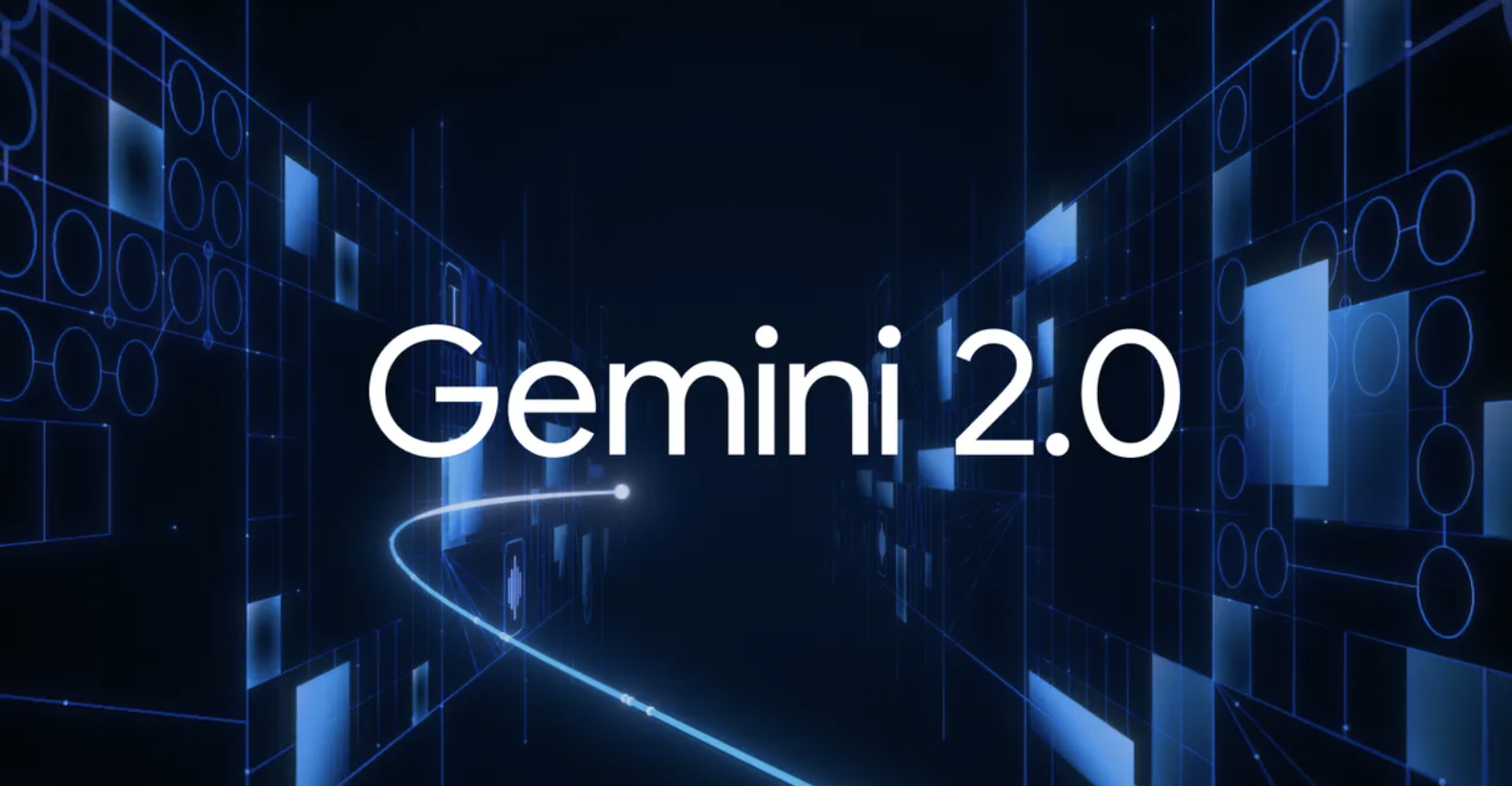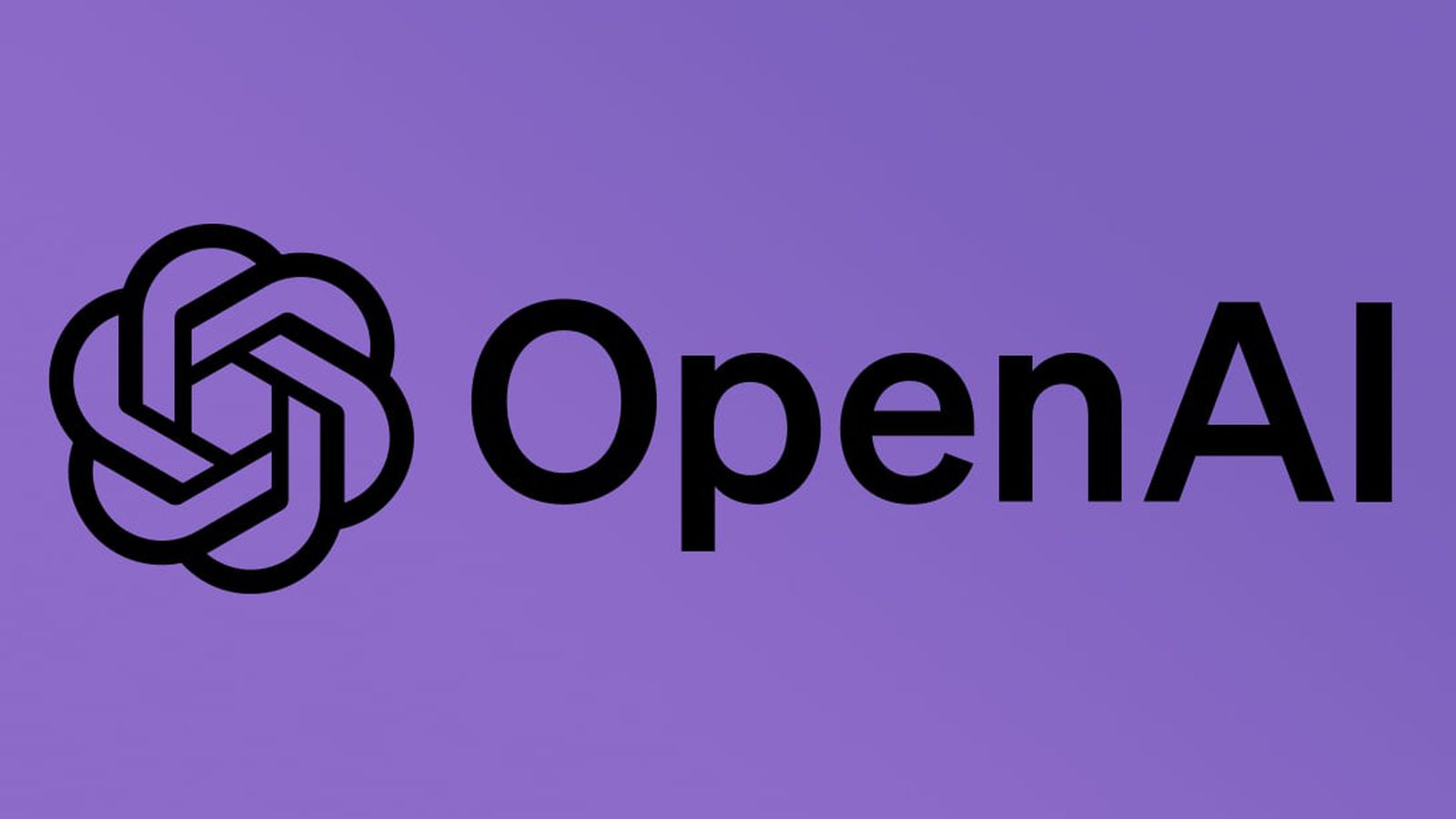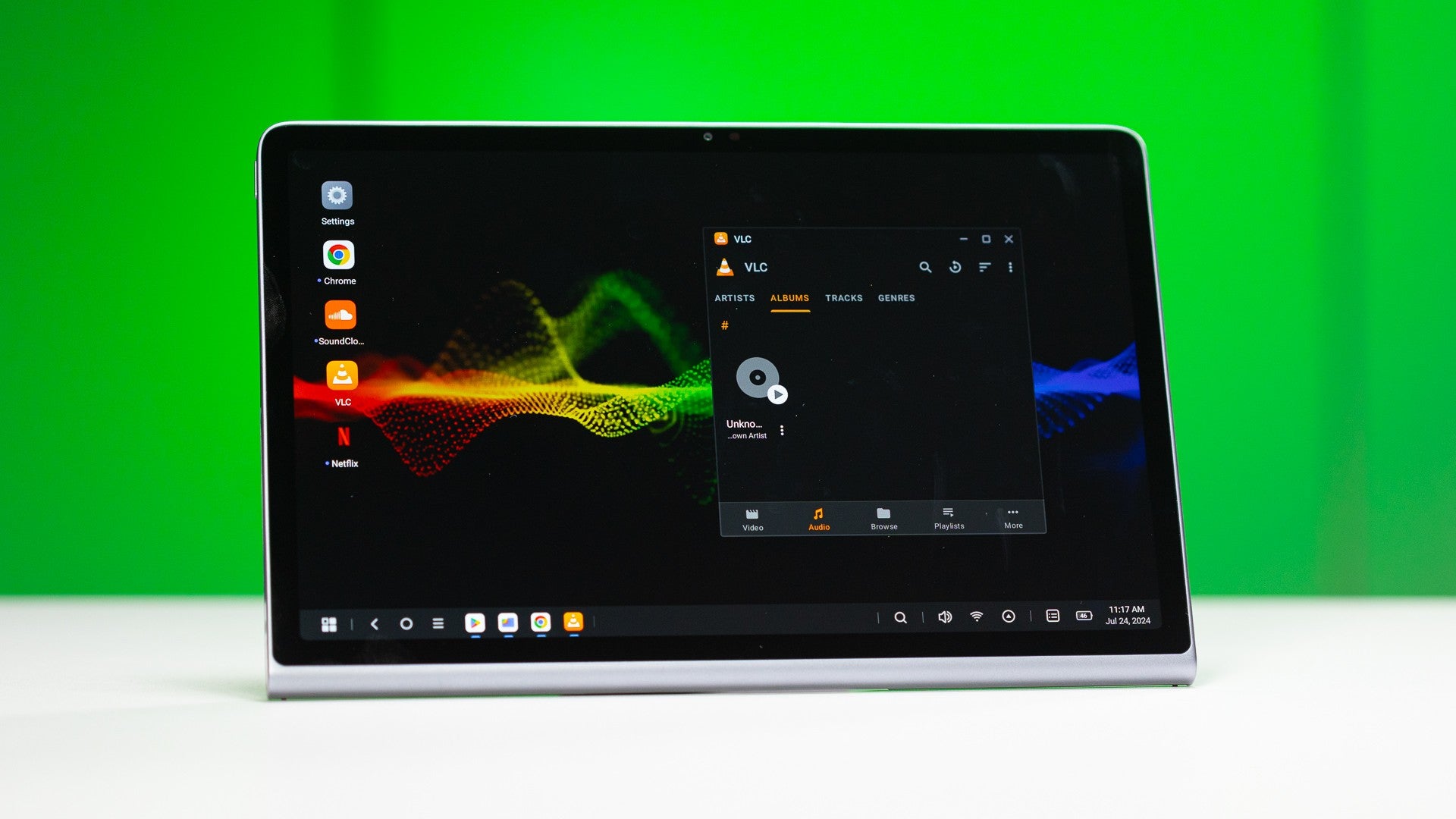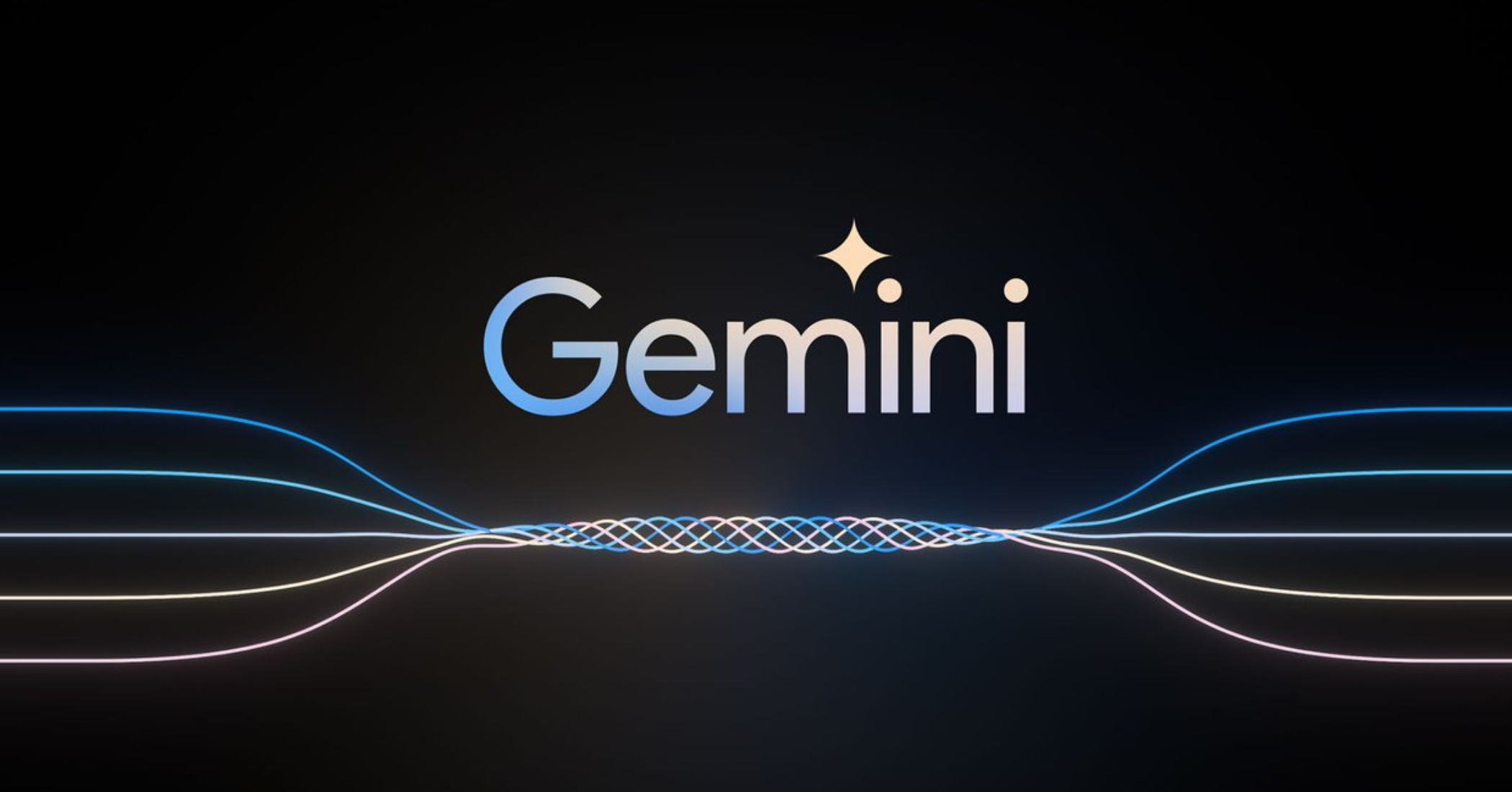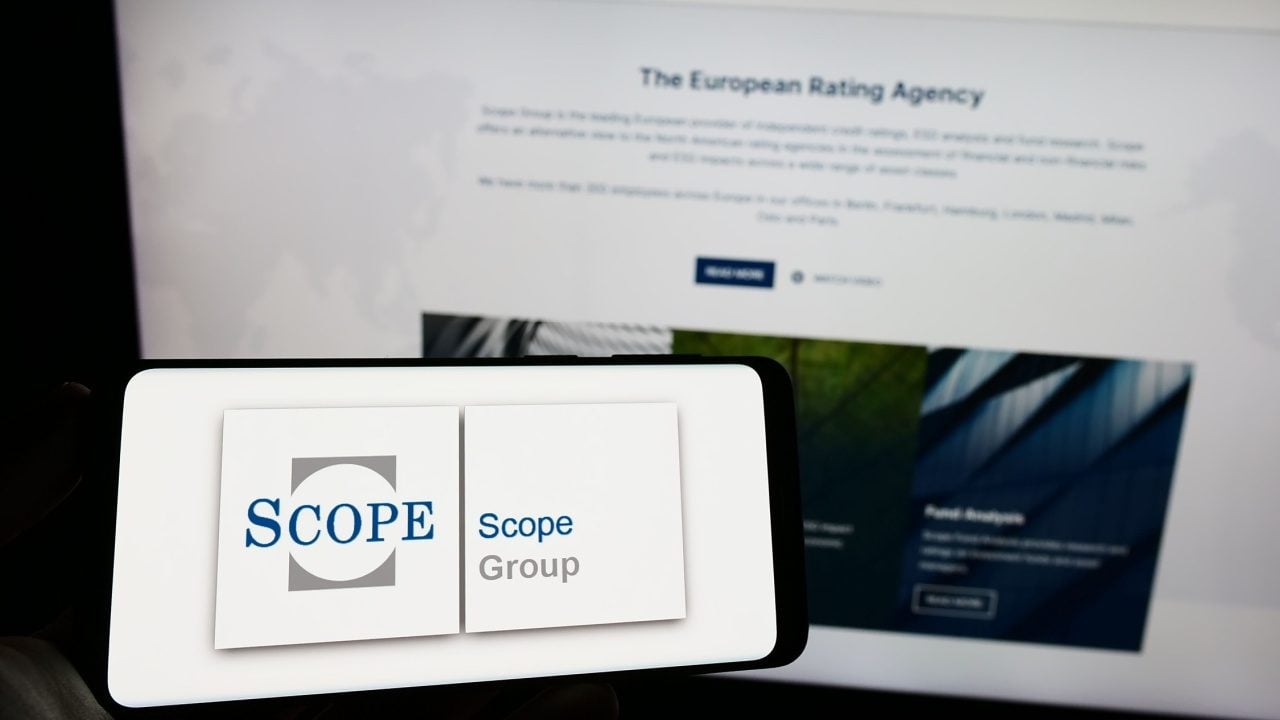The future of dynamic pricing lies in AI driven pricing tools
In an increasingly competitive digital market, pricing isn’t just a financial decision—it’s a strategic one. From e-commerce to SaaS to retail, pricing is the heartbeat of revenue growth. Yet, many pricing strategies are still stuck in the past, relying on outdated spreadsheets, manual monitoring, and reactive adjustments. That’s where artificial intelligence is changing the game. AI-driven pricing tools are redefining what dynamic pricing can do by making it predictive, proactive, and seamlessly connected across business functions. This evolution isn’t a distant vision—it’s already reshaping how companies operate, and the momentum is only growing. As companies juggle inflation, supply chain pressures, and rising customer expectations, having the ability to adapt prices at speed and scale is becoming a non-negotiable. It’s no longer enough to “review pricing quarterly.” Businesses need dynamic pricing solutions that work in real time and stay competitive across markets—without sacrificing margin. AI-powered pricing tools offer that edge. They remove guesswork, increase precision, and free up teams to focus on strategy instead of spreadsheets. The result? A smarter, faster, and more sustainable way to price—one that doesn’t just respond to the market but actively shapes it. Predictive pricing: learning from history and reacting in real time Traditional dynamic pricing systems adjust prices based on preset rules—if demand goes up, so does the price. But AI-powered pricing tools take it several steps further. Instead of following static rules, they analyze vast datasets, including historical sales trends, competitor pricing, seasonality, customer behavior, and real-time inventory levels. By combining historical data with live signals, these tools forecast future demand and recommend optimal pricing strategies. Imagine a system that doesn’t just notice a trend after it happens, but predicts it before it even begins. That’s the power of machine learning models fine-tuned for pricing. They recognize patterns in customer purchasing behavior, competitor shifts, and even macroeconomic indicators—making pricing not just reactive, but anticipatory. For example, during a seasonal uptick in a specific category, an AI pricing tool can automatically apply incremental price increases to products with proven demand elasticity, while protecting price-sensitive items to maintain volume. Automation without compromise: adjusting to market shifts instantly Markets move fast. Manual pricing simply can’t keep up. Whether it’s a competitor launching a flash sale, a sudden surge in traffic from a social campaign, or supply chain disruptions affecting availability, the pricing environment is constantly shifting. AI pricing tools offer automated responses that happen in real time. Once configured, these systems require minimal human intervention. They monitor competitor activity, stock levels, and performance metrics continuously—and when the data changes, so do the prices. This kind of automation is especially valuable for retailers managing thousands of SKUs. Instead of teams manually comparing prices and updating values, the AI handles it autonomously, ensuring the business never lags behind market shifts. The result? A pricing engine that adapts immediately to preserve competitiveness and profitability, even in volatile markets. Saving time without sacrificing precision Time is one of the most overlooked aspects of dynamic pricing. Traditional pricing workflows are labor-intensive and slow. Teams spend hours collecting competitor data, analyzing market trends, aligning with inventory reports, and manually uploading pricing changes across platforms. And by the time it’s all implemented, the market may have already moved on. AI-driven pricing tools eliminate this bottleneck. They automatically gather and analyze data, generate optimized pricing recommendations, and apply changes across channels within seconds. What used to take days now happens in minutes—or even instantly. But automation doesn’t mean cutting corners. These tools preserve accuracy by constantly recalibrating based on new data inputs. That means teams no longer have to choose between speed and strategy. Instead, they get both—at scale. For teams already stretched thin, this time savings is a game-changer. It frees pricing managers to focus on strategy and innovation rather than data cleanup and routine updates. And for businesses looking to expand their assortment or enter new markets, AI ensures pricing keeps pace without needing to expand the team. Connecting pricing with sales, marketing, and inventory Modern pricing tools are no longer isolated systems. The most effective AI-driven pricing engines are deeply integrated into the broader tech stack—communicating seamlessly with inventory management systems, marketing automation platforms, and sales channels. This integration unlocks new levels of strategy.
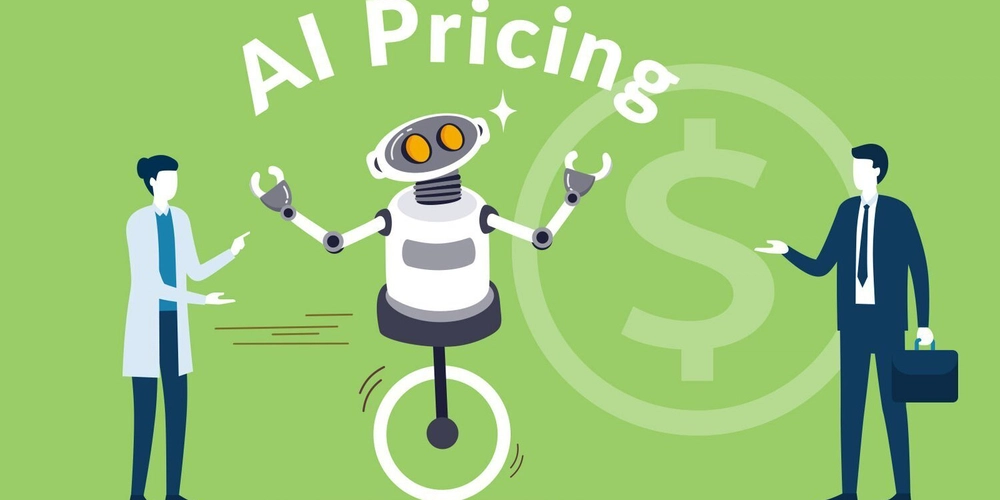
In an increasingly competitive digital market, pricing isn’t just a financial decision—it’s a strategic one. From e-commerce to SaaS to retail, pricing is the heartbeat of revenue growth. Yet, many pricing strategies are still stuck in the past, relying on outdated spreadsheets, manual monitoring, and reactive adjustments. That’s where artificial intelligence is changing the game.
AI-driven pricing tools are redefining what dynamic pricing can do by making it predictive, proactive, and seamlessly connected across business functions. This evolution isn’t a distant vision—it’s already reshaping how companies operate, and the momentum is only growing.
As companies juggle inflation, supply chain pressures, and rising customer expectations, having the ability to adapt prices at speed and scale is becoming a non-negotiable. It’s no longer enough to “review pricing quarterly.” Businesses need dynamic pricing solutions that work in real time and stay competitive across markets—without sacrificing margin. AI-powered pricing tools offer that edge. They remove guesswork, increase precision, and free up teams to focus on strategy instead of spreadsheets.
The result? A smarter, faster, and more sustainable way to price—one that doesn’t just respond to the market but actively shapes it.
Predictive pricing: learning from history and reacting in real time
Traditional dynamic pricing systems adjust prices based on preset rules—if demand goes up, so does the price. But AI-powered pricing tools take it several steps further. Instead of following static rules, they analyze vast datasets, including historical sales trends, competitor pricing, seasonality, customer behavior, and real-time inventory levels.
By combining historical data with live signals, these tools forecast future demand and recommend optimal pricing strategies. Imagine a system that doesn’t just notice a trend after it happens, but predicts it before it even begins. That’s the power of machine learning models fine-tuned for pricing. They recognize patterns in customer purchasing behavior, competitor shifts, and even macroeconomic indicators—making pricing not just reactive, but anticipatory.
For example, during a seasonal uptick in a specific category, an AI pricing tool can automatically apply incremental price increases to products with proven demand elasticity, while protecting price-sensitive items to maintain volume.
Automation without compromise: adjusting to market shifts instantly
Markets move fast. Manual pricing simply can’t keep up. Whether it’s a competitor launching a flash sale, a sudden surge in traffic from a social campaign, or supply chain disruptions affecting availability, the pricing environment is constantly shifting.
AI pricing tools offer automated responses that happen in real time. Once configured, these systems require minimal human intervention. They monitor competitor activity, stock levels, and performance metrics continuously—and when the data changes, so do the prices.
This kind of automation is especially valuable for retailers managing thousands of SKUs. Instead of teams manually comparing prices and updating values, the AI handles it autonomously, ensuring the business never lags behind market shifts. The result? A pricing engine that adapts immediately to preserve competitiveness and profitability, even in volatile markets.
Saving time without sacrificing precision
Time is one of the most overlooked aspects of dynamic pricing. Traditional pricing workflows are labor-intensive and slow. Teams spend hours collecting competitor data, analyzing market trends, aligning with inventory reports, and manually uploading pricing changes across platforms. And by the time it’s all implemented, the market may have already moved on.
AI-driven pricing tools eliminate this bottleneck. They automatically gather and analyze data, generate optimized pricing recommendations, and apply changes across channels within seconds. What used to take days now happens in minutes—or even instantly.
But automation doesn’t mean cutting corners. These tools preserve accuracy by constantly recalibrating based on new data inputs. That means teams no longer have to choose between speed and strategy. Instead, they get both—at scale.
For teams already stretched thin, this time savings is a game-changer. It frees pricing managers to focus on strategy and innovation rather than data cleanup and routine updates. And for businesses looking to expand their assortment or enter new markets, AI ensures pricing keeps pace without needing to expand the team.
Connecting pricing with sales, marketing, and inventory
Modern pricing tools are no longer isolated systems. The most effective AI-driven pricing engines are deeply integrated into the broader tech stack—communicating seamlessly with inventory management systems, marketing automation platforms, and sales channels.
This integration unlocks new levels of strategy. When inventory is low, pricing can adjust to slow down sales without turning customers away. When a product is heavily promoted in a marketing campaign, pricing tools can reduce margins temporarily to maximize conversion. And when sales data signals underperformance, the AI can identify whether price, promotion, or placement is the bottleneck.
More importantly, this interconnectivity breaks down silos within the business. It enables sales, marketing, and operations teams to work off the same insights. Everyone gains visibility into what’s driving price decisions and how those decisions impact revenue, conversion, and customer retention.
Maintaining competitiveness and protecting margins at scale
In competitive industries, staying visible and profitable is a delicate balance. Undercutting competitors can win short-term volume but eat into margins. Overpricing can boost margins—at the cost of visibility and conversion. AI-driven pricing tools walk this tightrope by optimizing for both goals at once.
They evaluate the competitive landscape continuously, identifying which products need to be aggressive and which can command a premium. The pricing logic becomes smarter over time—learning which segments are sensitive to price changes and which are not. This means pricing doesn’t just keep up with the market; it leads it.
For enterprise-scale operations, this scalability is crucial. AI pricing systems can manage thousands of products across regions and channels while keeping prices competitive and margins intact. Human-led strategies simply can’t match that level of consistency and agility.
Why AI is the next chapter in dynamic pricing evolution
Dynamic pricing has come a long way from its roots in the airline industry. But without AI, it remains a reactive and often inefficient system. AI-driven pricing tools represent the next leap—a shift from manual and rule-based pricing toward adaptive, predictive, and integrated solutions.
They’re not just tools for the pricing team. They’re engines of growth, innovation, and operational efficiency. As more companies embrace AI in their pricing strategies, the gap will widen between those who price smartly and those who fall behind.
The future of dynamic pricing is already unfolding—and AI is at its core. The only question left is whether your strategy is ready to keep up.

























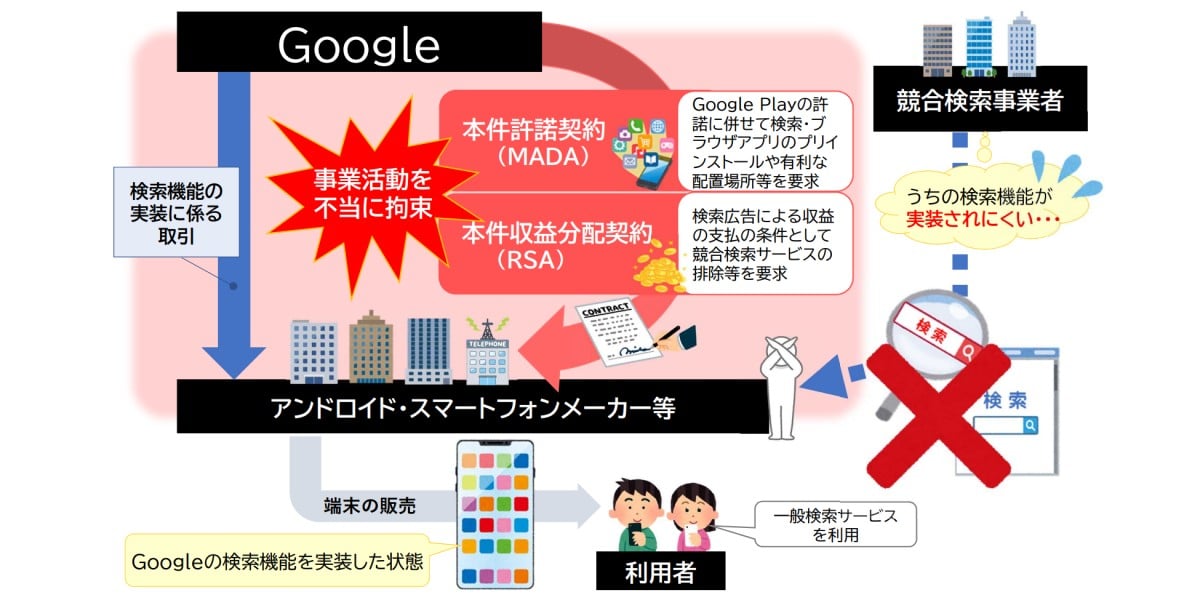
















































































































































![[The AI Show Episode 144]: ChatGPT’s New Memory, Shopify CEO’s Leaked “AI First” Memo, Google Cloud Next Releases, o3 and o4-mini Coming Soon & Llama 4’s Rocky Launch](https://www.marketingaiinstitute.com/hubfs/ep%20144%20cover.png)
















































































































































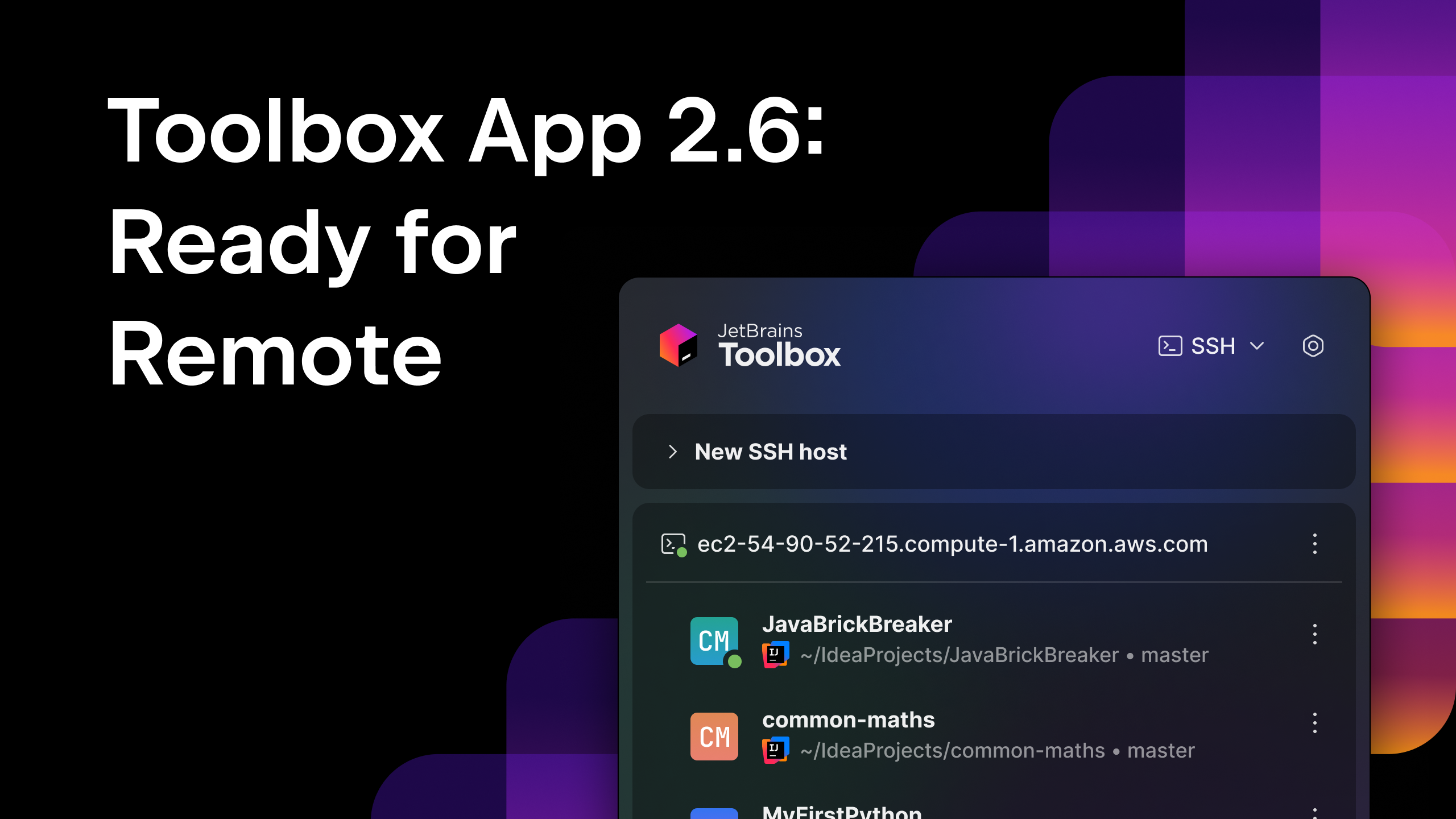






















































![Blue Archive tier list [April 2025]](https://media.pocketgamer.com/artwork/na-33404-1636469504/blue-archive-screenshot-2.jpg?#)

































.png?#)








-Baldur’s-Gate-3-The-Final-Patch---An-Animated-Short-00-03-43.png?width=1920&height=1920&fit=bounds&quality=70&format=jpg&auto=webp#)





























.webp?#)






















































































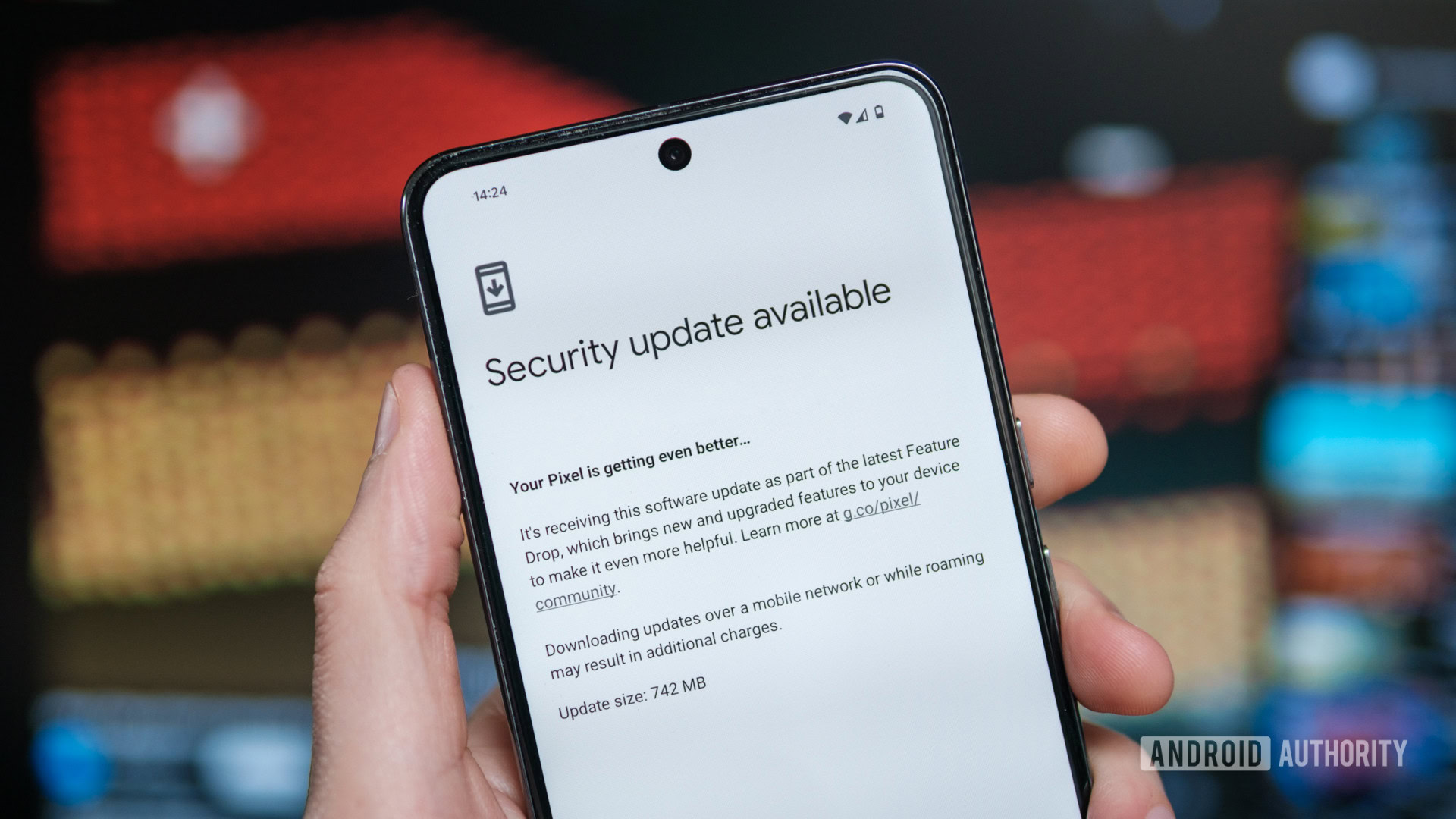



















![Apple to Split Enterprise and Western Europe Roles as VP Exits [Report]](https://www.iclarified.com/images/news/97032/97032/97032-640.jpg)
![Nanoleaf Announces New Pegboard Desk Dock With Dual-Sided Lighting [Video]](https://www.iclarified.com/images/news/97030/97030/97030-640.jpg)

![Apple's Foldable iPhone May Cost Between $2100 and $2300 [Rumor]](https://www.iclarified.com/images/news/97028/97028/97028-640.jpg)













